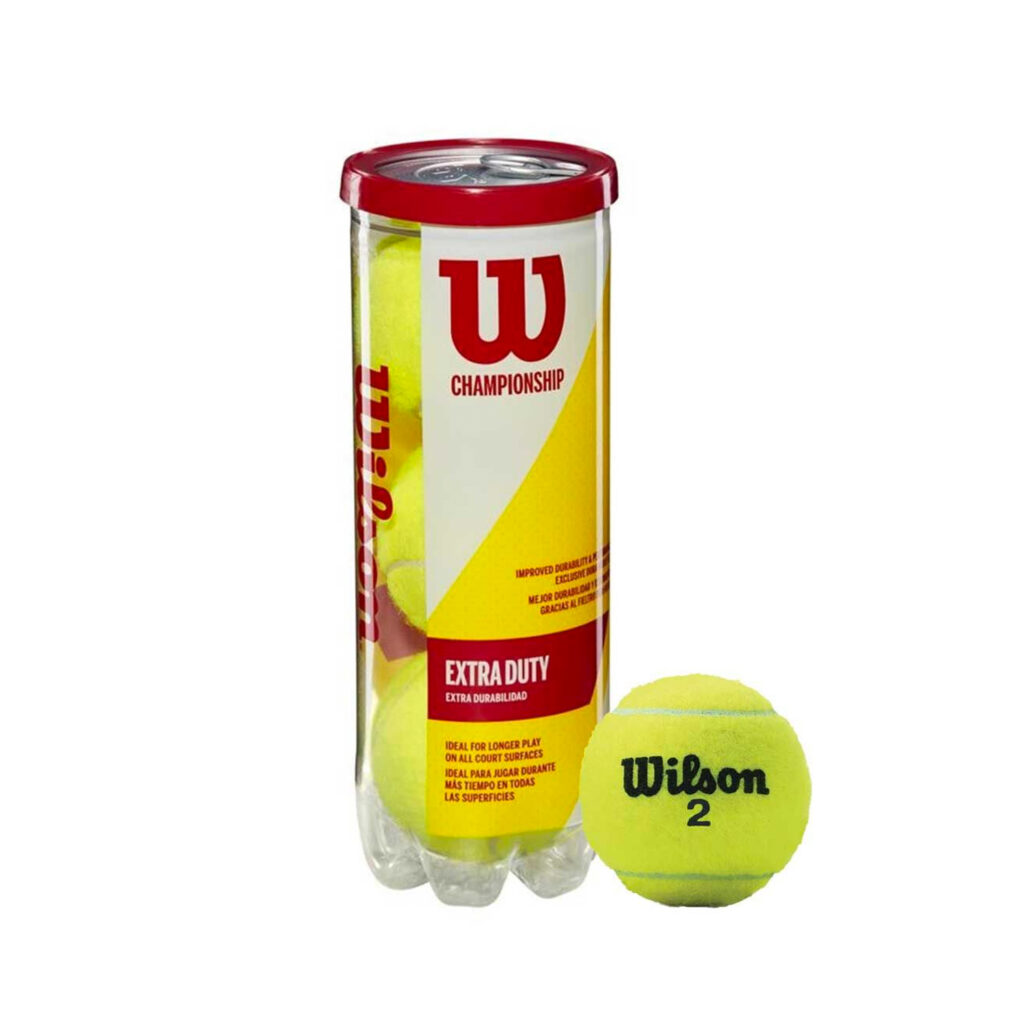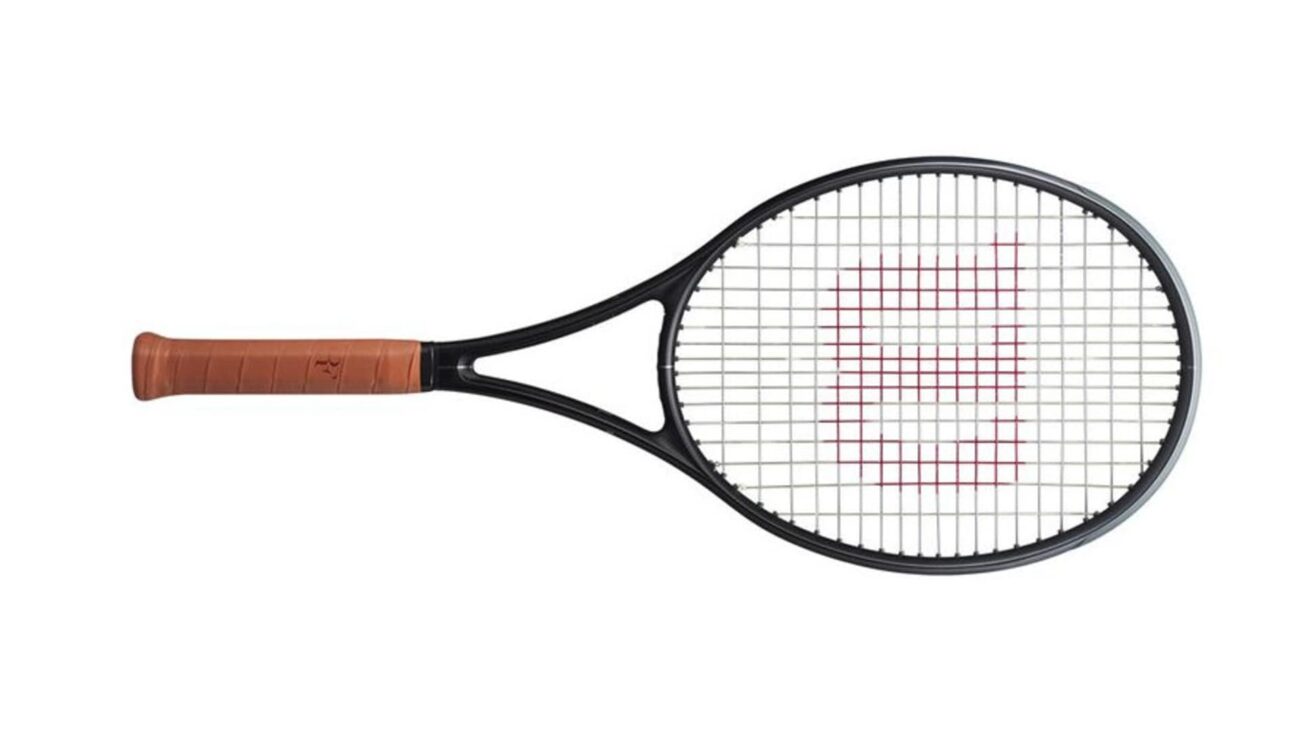Hey, are you an athlete who frequently plays with a tennis ball be it for tennis or cricket? If yes then have you noticed that there are numbers on the ball like Wilson 1, 2, 3, and wondered what are these numbers that are stamped on them? These numbers may seem insignificant but are very helpful, especially for tennis players and here’s why:
The purpose of tennis ball numbering
These numbers might seem as something not so important but they serve the purpose of ball identification and convenience on the court.
- Preventing Mix-Ups on Adjacent Courts:
Since tennis courts are frequently positioned next to one another, there is a significant chance that balls will fall from one court into another. This can be especially troublesome when tennis clubs or public courts are busy. Tennis balls with numbers make it easier for players and referees to distinguish between balls on various courts, which clears up confusion and guarantees that each player utilizes their own set of balls.

- Simplifying Ball Identification:
Each can of tennis balls typically contains a set of balls marked with the same number. Even if a player unintentionally rolls his tennis ball across another court, they can still quickly identify it thanks to this technique. For example, you will know the ball is yours if it has your familiar number on it. When several players are using the same equipment during competitions or practice sessions, this is quite helpful.
- Enhancing Player Convenience:
Players frequently write down the numbers and brands of their tennis balls before a practice or match begins. This simple however useful drill enables players to locate their own balls fast in the event that they wander onto another court. By taking this preventive action, players may concentrate on their game rather than looking for misplaced balls, as it saves time and reduces disruptions.
Misconceptions about tennis ball numbering
In other equipments, when numbers are involved it usually refers to its quality, speed, or bounce due to which when it comes to tennis ball numbers people have a lot of misconceptions like:
- Numbers Indicate Ball Quality:
The idea that the numbers on tennis balls represent their performance or quality attributes is one of the most widespread misconceptions. In reality, a ball’s bounce, durability, or general performance are unaffected by these figures. It is not the number on the ball but its material, structure, and brand that determine its quality and performance features.
- Correlation with Bounciness:
There is also a misunderstanding that the numbers represent the degree of bounce in the ball. A ball with a higher number may appear to some players to be more or less bouncy than a ball with a lower number. Nevertheless, the numerals represent nothing about the ball’s physical characteristics; they are only there for identification. It is not the number that determines bounce consistency, but rather its design and production standards.
- Measure of Ball Type:
It is possible for players to believe that the numbers can distinguish between different kinds of tennis balls, such as those designed for different play levels (professional, standard) or different surfaces (hard court, clay, grass). But that’s not the case. Regardless of quantity, every ball in a single can will have the same number and is typically of the same kind. Usually, the brand and labelling on the can, rather than the number on the balls themselves, indicate the type of ball.
Hope you learnt something new from this. Let us know if you had the same misconceptions about the tennis ball numbering and when you came to know the actual purpose of those numbers. Well now that you know how these numbers help, maybe it will help you to easily differentiate your balls from the others.







